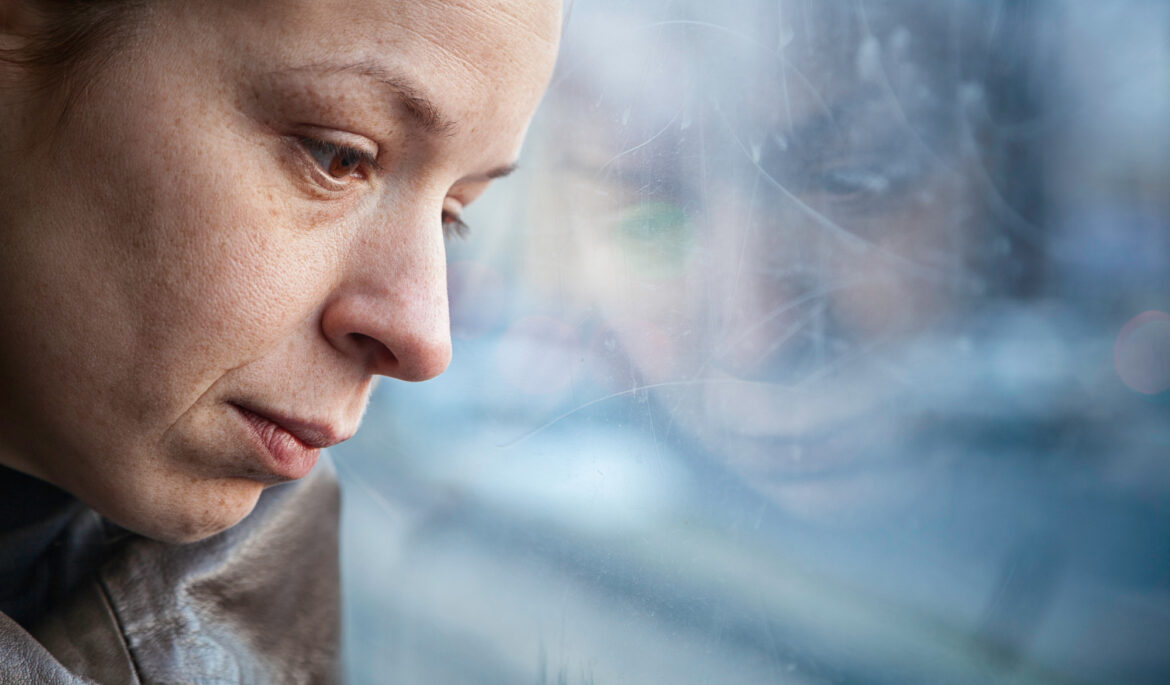What Are the Main Types of Anxiety Disorders?
We all get stressed from time to time. From work, relationships, to balancing it all, it’s normal to get overwhelmed occasionally.
However, if you constantly feel on edge, stressed, and/or restless and it’s interfering with your life, it could be a sign of something more.
More than 40 million adults have an anxiety disorder in the U.S.
Getting diagnosed with an anxiety disorder doesn’t mean you’ll be suffering forever. Getting diagnosed is the first step to recognizing your behavior and getting help.
Keep reading to learn the signs of an anxiety disorder and the differences between the main types of anxiety disorders.
There Are Multiple Types of Anxiety Disorders
Before we get into it, we need to establish that not all anxiety is the same. There are various types of anxiety disorders. More so, two people who both have PTSD, for example, might have their anxiety manifest in different ways.
Anxiety is highly personal. Sometimes, anxiety just happens without a direct cause or trigger.
If you experience a handful of the following signs of anxiety, you may be suffering from an anxiety disorder:
- Excessive worrying
- Irritability
- Sleep issues
- Shaking
- Tense muscles
- Restlessness
- Stomach ache
- Headache
- Increased heart rate
The following are the main types of anxiety disorders. It should be noted, though, this list is not exhaustive and there are more anxiety disorders recognized by professionals.
While any help for your mental health is a step forward, you may be asking, “what is better: psychotherapy vs counselling?” The answer is that because the two are different, it depends on the person.
Generalized Anxiety Disorder
If you constantly find yourself worrying about the future or how different events may play out, you may have Generalized Anxiety Disorder.
As previously mentioned, those with GAD will sometimes experience symptoms listed above without a specific trigger.
Social Anxiety Disorder
Are you constantly on edge in social settings, fearing that you’ll embarrass yourself or be criticized by others? Then you might have Social Anxiety Disorder.
Those with Social Anxiety Disorder may have difficulty talking in social settings, or they may avoid them altogether.
Phobias
If your anxiety has a specific trigger, such as heights or water, then you might have a phobia. Phobias are characterized by overwhelming fear or anxiety over a situation or object.
Panic Disorder
While most people with anxiety disorders may suffer an anxiety or panic attack occasionally, those with Panic Disorder suffer recurring panic attacks. Often, they occur out of nowhere.
Panic attacks aren’t just mental; they are episodes of intense physical symptoms such as sweating, chest pain, dizziness, and shaking. They are often accompanied by a feeling of doom.
Post-Traumatic Stress Disorder (PTSD)
Those who experience a traumatic event such as an assault or accident may develop Post Traumatic Stress Disorder.
PTSD can show up as intrusive thoughts or memories of the traumatic event, avoidance of talking about their trauma, as well as changes in mood, such as feeling numb, depressed, or anxious.
Obsessive-Compulsive Disorder (OCD)
Obsessive-compulsive Disorder is marked by intrusive thoughts, urges, and compulsions.
Someone with OCD may feel deeply uncomfortable and anxious if a task isn’t done a specific way. In addition, these obsessions get in the way of their everyday life.
When to Seek Help
If any of the above resonated with you, and you have been experiencing these symptoms for a few weeks or months, it’s probably time to seek professional help. A mental health professional can not only diagnose you but provide the next steps to treating you such as therapy or medication.
If you found this article about the main types of anxiety disorders helpful, check out the rest of our website. We cover all sorts of topics, ranging from health to lifestyle.




